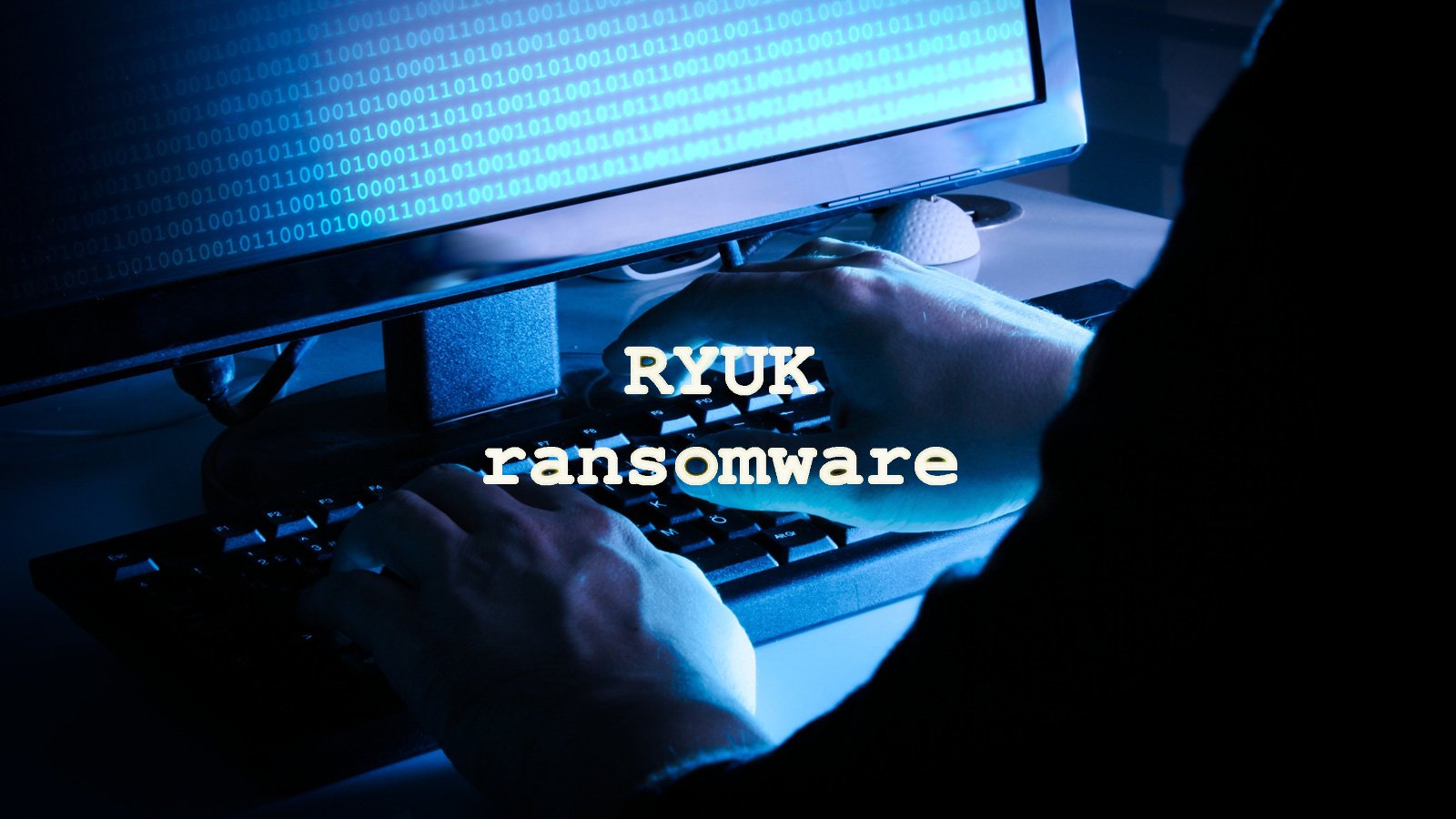Global Email Security Market Forecast Report 2021-2025: New Malware Techniques Drive Market Growth as Organizations Accelerate Cloud Migration Due to the COVID-19 Pandemic – ResearchAndMarkets.com | Business
DUBLIN–(BUSINESS WIRE)–Apr 23, 2021–
This research service analyzes the global email security market.
Email remains the number one threat vector. It is the primary mode of corporate communication and the de facto standard for B2B and B2C communications. During the COVID-19 pandemic, email continues to be the chief channel for business communication, and this trend is driven by the surging trend of working from home.
Over the past few years, the complexity and the volume of threats have increased significantly. Email-based threats have become big business; specific verticals and individuals within organizations are targeted. Threat vectors continue to evolve, and the need for secure email has never been stronger. Attackers are more focused on people and less on systems. Business email compromise (BEC) fraud continues to affect organizations, both large and small. Consequently, traditional security solutions that are designed to protect systems and infrastructure are now inadequate.
Sophisticated and highly targeted email-borne attacks are on the rise, and many of these attacks use social engineering techniques. For businesses of all sizes, this is a serious problem as the legitimate communication channel they rely on extensively, email, is also the channel of choice to deliver malware and malwareless attacks. Advanced attacks combine email and cloud accounts. Cybercriminals are also leveraging pandemic-driven fears and uncertainties to launch their attacks.
The most significant trend in the market is the acceleration of the migration to the cloud. Customers are adopting cloud-based mailbox services and moving their email security to the cloud from on-premise appliances. The substantial adoption of Microsoft Office 365 has caused the biggest loss of email security posture for organizations.
As a result, organizations are looking for integrated solutions to increase operational efficiencies while gaining stronger and more comprehensive security. In such a competitive environment, email security vendors must be able to differentiate themselves.
- Executive Summary – Market Engineering Measurements
- Executive Summary – CEO’s Perspective
- Introduction to the…



